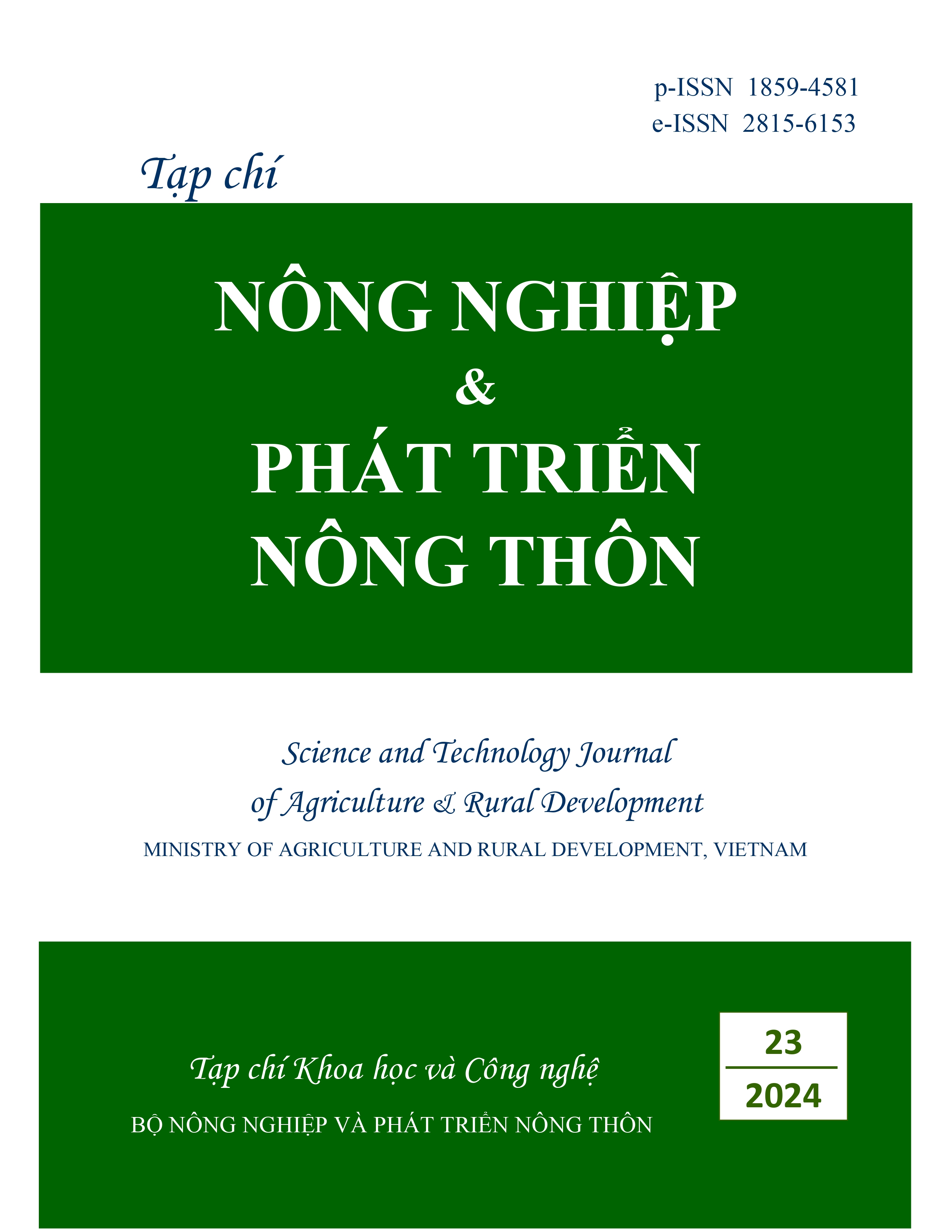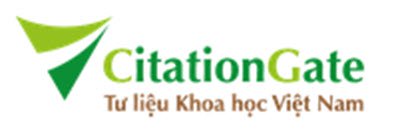Molecular genetic diversity of cassava (Manihot esculenta Crantz) landraces in Vietnam using SSR markers
DOI:
https://doi.org/10.71254/25dncc12Keywords:
Cassava, genetic diversity, SSR markersAbstract
Cassava (Manihot esculenta Crantz) is one of the important food crops with high genetic potential. Therefore, the knowledge of genetic variability would be of great importance for effective use in genetic improvement programs. This study aims to evalute the genetic divesity of 200 cassava accessions using 30 microsatellite markers (SSR). The results revealed that the total number of alleles detected in 30 loci was 111 with an average of 3.7 alleles per locus. Polymorphic information content (PIC) values varied from 0.34 to 0.79 with an average of 0.62. The genetic similarity coefficient within the ranges from 0.45 to 0.90. At a genetic similarity coefficient of 0.626, 200 cassava accessions were divided into six groups: group I consisted of 5 cassava accessions with genetic similarity coefficient ranging from 0.70 to 0.81; group II consisted of 152 cassava accessions with genetic similarity coefficient ranging from 0.634 to 0.90; group III consisted of 13 cassava accessions with genetic similarity coefficient ranging from 0.65 to 0.77; group IV consisted of 18 cassava accessions with the highest genetic similarity coefficient of 0.82; group V consisted of 7 cassava accessions with genetic similarity coefficient ranging from 0.68 to 0.76 and group VI consisted of 5 cassava accessions with the highest genetic similarity coefficient of 0.74. These results will be meaningful information for the cassava breeding project in Vietnam.






